Intro to Audio Description
Defining Audio Description:
TLDR: A service that makes the visual verbal.
Audio Description involves the accessibility of the visual images of theater, television, movies, and other art forms for people who are blind, have low vision, or who are otherwise visually impaired. It is a narration service (provided at no additional charge to the patron) that attempts to describe what the sighted person takes for granted -- those images that a person who is blind or visually impaired formerly could only experience through the whispered asides from a sighted companion.
In theaters, in museums, and accompanying television, film, and video presentations, Audio Description is commentary and narration which guides the listener through the presentation with concise, objective descriptions of new scenes, settings, costumes, body language, and "sight gags," all slipped in between portions of dialogue or songs.
Credit for the "invention" of audio description in 1981 generally goes to the late Dr Margaret Pfanstiehl and her late husband Cody, although in independent efforts a man named Chet Avery proposed the concept in the late 60s, and Gregory Frazier worked on the idea on the 1970s.
- American Council of the Blind, Audio Description Project
Audio description is a narration service for individuals who are blind or have visual impairment. A specially trained individual known as an audio describer provides an ongoing dialogue of visual events that are taking place on the stage, screen, television, or at other events.
- Fred Brack, “Audio Description – Where and How?” November 2019
Why offer audio description?
infographic from 3PlayMedia, text reiterated below.
With so many groups standing to benefit from audio description it just makes sense to offer it. In addition to the blind and low vision community, audio description also:
Helps those with autism understand emotional and social cues demonstrated through actions or facial expressions.
Provides a lot of flexibility to view videos in eyes-free environments. Time to turn your favorite visual into a podcast!
Is helpful for language development in children and life-long learners.
Is helpful for auditory learners who retain information best through sound.
Helps with inattentional blindness by pointing out key visual elements viewers may otherwise miss.
Is required by United States of America laws.
What does my PREPARATION look like as a describer?
About 15 hours minimum work goes into a live performance description, before I even get to describing the performance. This can include:
Reading the script
Viewing the show, usually multiple times
Working on internal timing and practice of description
Researching into visuals that are unfamiliar - ie dance or period pieces, pronunciations
Researching into the artistic process of the show, playwright/directors notes
Writing and rehearsing of the pre show notes
A lot of the same prep is necessary for recorded or virtual events. Everything can be scaled to the needs of the client and event, always with the end user in mind. This can include:
Consulting with clients on deliverables and best practices
Viewing the materials, usually multiple times
Researching into visuals that are unfamiliar - ie landmarks, professional processes
Scripting the description
Recording the description
Sound mixing and editing to ensure consistent levels and no overlap of audio
Creation of audio introductions and transcripts, as required
To listen to the end product of all this prep, check out my demos, or view my portfolio for a client listing and scope of work.
To hear more about my process, check out my interviews.
Whatever your description needs are, connect with me today to find your best solution.
Experience Audio description:
Describe to someone via an app - BeMyEyes.com
Describe YouTube videos - YouDescribe.org
See a live show that advertises a touch tour or audio description in their performance calendar.
At home, turn it on the same way you would subtitles or captions. ADP maintains an updated list of media offerings with AD.
When at the movies, request audio description headset - make sure the service is not confused with assisted listening devices, which is for people who are deaf or hard of hearing.
At museums, practice describing the exhibits or art to friends/family to better understand it. Many museums also offer AD as lectures or guided tours.
Resources:
Start your deeper dive into training, delivery, and guidelines with these resources.


